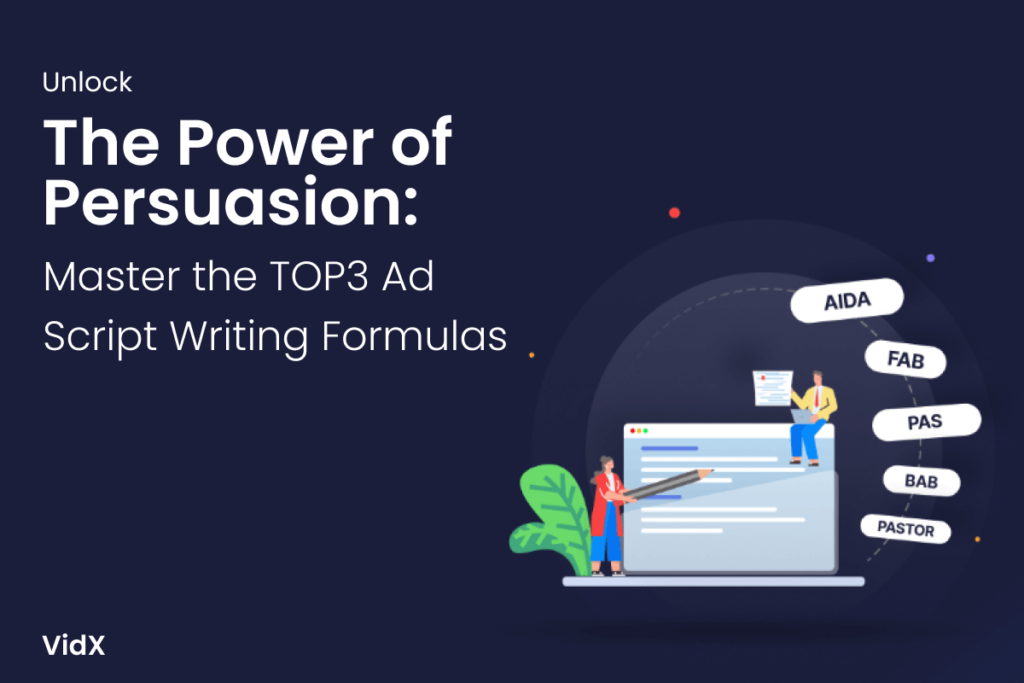Since we’ve just launched our Spring Wipe-Out deal (make sure to check it out while it’s still life! ), focused on helping you clear out your product stock, we thought it’s the perfect opportunity to talk about script writing, and how it can turn from being your arch nemesis to your trusted comrade.
But first things first, you need to know which part of your marketing funnel the ad is addressing.
Umm, what's a marketing funnel?
Well, in simple words, it’s a way for businesses to understand how customers interact with their products or services. Think of it like a pipeline where you’re trying to lead people from awareness to consideration to conversion.
At the top of the funnel, you’re trying to make people aware of your product or service. As people move down the funnel, they become more interested and might do some additional research, compare prices, read reviews, etc. At the bottom, a smaller number of people will decide to buy the product.
So, if you’re at the top of your funnel, you might run more educational ads. But if you’re running ads for your bottom-of-the-funnel audience, you want to be more convincing and give them all the reasons they have to buy your product or service.

This is where copy/script writing formulas come in handy. They can be the secret weapon you need to take your ads to the next level.
We’ll dive deeper into the 3 most commonly used formulas: AIDA, PAS, and PPPP.
AIDA (Attention, Interest, Desire, Action)
The AIDA formula is a classic for a reason. It’s a simple and effective way to write ad scripts that follow a logical progression.
First, grab the customer’s attention with something attention-grabbing, like a question or a bold statement.
Then, give more info about your product or service, highlighting what makes it special and how it can help them.

After that, make people want it by emphasizing the benefits and good outcomes they can expect.
Finally, encourage people to take action like buying it or signing up.
PAS (Problem, Agitate, Solution)
This formula works by first identifying a problem that the customer might be facing. This is usually done by asking a question or making a statement that relates to the customer’s pain point.
It then agitates the problem by highlighting the negative consequences of the problem, making the customer feel the urgency of finding a solution.

Lastly, it presents your product or service as the solution to the problem.
PPPP (Promise, Picture, Proof, and Push)
This formula works by first making a promise of what the product or service can do for the customer.
It then creates a vivid mental image of what it would be like to experience the benefits.

After that, it provides evidence, such as customer testimonials, statistics, or data that back up the claims that’ve been made.
Finally, it includes a call to action to encourage the customer to take action, such as buying the product or service.
Remember
Make sure to keep your promises! Overpromising and underdelivering can damage your reputation.

Test different scripts to see which ones perform best.
Conclusion
Ad script writing formulas can be a valuable tool for writing persuasive video ad scripts that resonate with your audience. By using these formulas, you can create scripts that are attention-grabbing, informative, and drive results.






